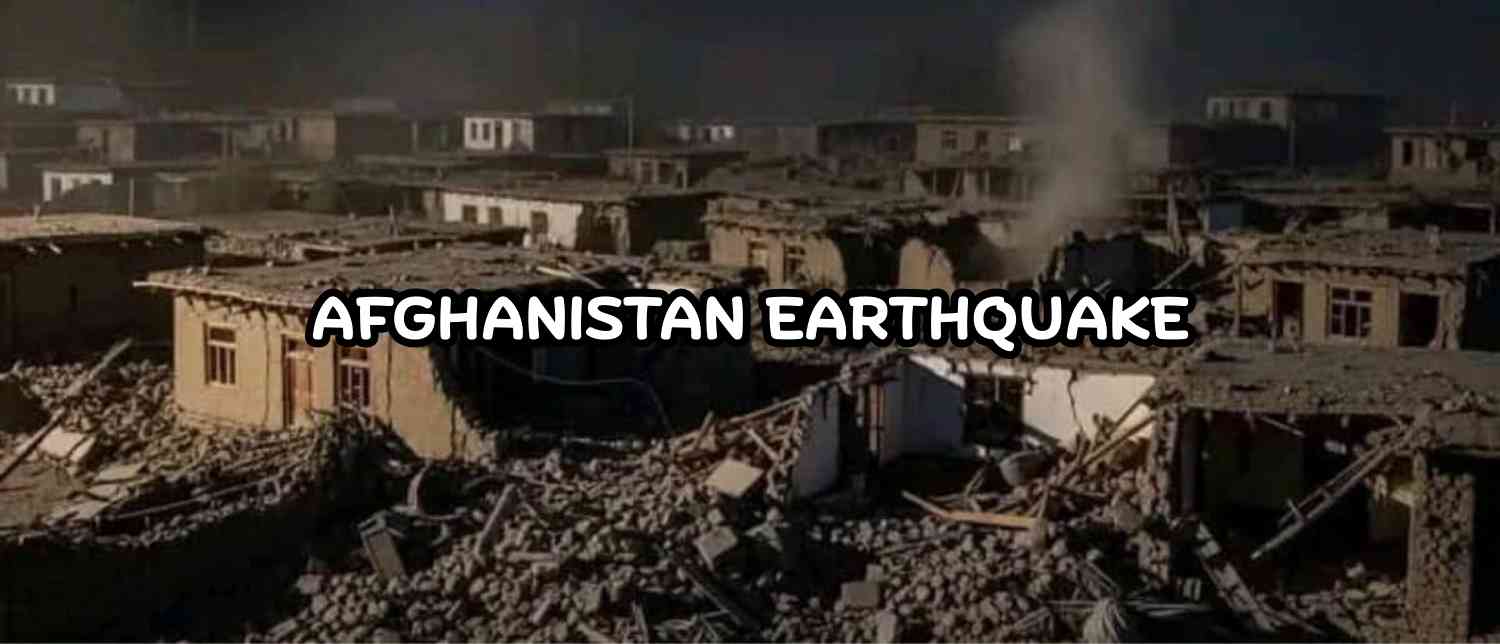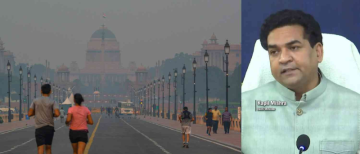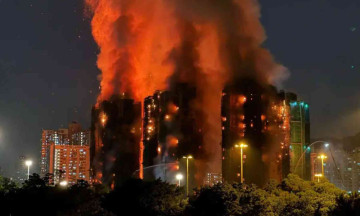A devastating earthquake measuring 6.3 on the Richter scale struck eastern Afghanistan late on Sunday, September 1, 2025, leaving behind widespread destruction and heartbreak. According to Afghanistan’s state-run broadcaster Radio Television Afghanistan (RTA), nearly 600 people have been killed and more than 1,000 injured in the disaster. Officials fear the numbers could rise sharply as remote areas begin reporting casualties.
The U.S. Geological Survey (USGS) confirmed that the quake struck at 11:47 p.m. local time, with the epicenter located 27 kilometers northeast of Jalalabad in Nangarhar province, around 140 kilometers from Kabul. At a shallow depth of just 8 kilometers, the tremor unleashed massive destruction, particularly in Kunar province, where communities are nestled in mountainous terrain vulnerable to landslides.

Kunar Province Among the Worst-Hit
The Kunar Disaster Management Authority confirmed that the most severely affected districts include Nur Gul, Soki, Watpur, Manogi, and Chapadare, where hundreds of mud and stone homes were either damaged or flattened. In Sawkai district alone, local officials reported at least 20 deaths and 35 injuries in a single village, according to the BBC.
Authorities fear the situation is far worse in remote mountain settlements that remain cut off by landslides triggered by the quake. With 90% of Kunar province being mountainous, narrow mountain roads have been blocked, leaving helicopters as the only viable lifeline to reach survivors and deliver emergency aid.

Rising Death Toll and Uncertain Figures
The Afghan Ministry of Public Health said casualty figures remain uncertain due to poor mobile coverage and limited access to affected regions. Preliminary reports cited by the BBC noted at least 330 injuries across Nangarhar and Laghman provinces, including 250 in Nangarhar and 80 in Laghman.
Sharafat Zaman, spokesperson for the ministry, warned that three villages in Kunar province were “completely destroyed and suffered heavy damage.” He added that casualty numbers would likely increase as medical teams and rescue workers gain access to remote districts.

Taliban Government Confirms Losses
The Taliban-led government issued a statement confirming “loss of life and property damage” across several eastern provinces. Local residents, soldiers, and medics have joined forces in ongoing rescue and recovery operations.
Zabihullah Mujahid, spokesperson for the Taliban government, shared on social media that support teams from Kabul and nearby provinces have been deployed to assist survivors. Despite this, officials acknowledged that no foreign governments have yet offered aid for rescue or relief work, according to a statement from Afghanistan’s foreign office.

Aftershocks Rattle Eastern Afghanistan
Residents in Kunar and Nangarhar described a terrifying night of repeated tremors. Polad Noori, 28, from Nangarhar province, told the BBC that he counted at least 13 aftershocks by midnight. Families spent the night outside in the open, too afraid to return to their homes.
The National Centre for Seismology (NCS) in India confirmed that the main 6.3-magnitude quake was followed by multiple aftershocks ranging between 4.3 and 5.0 in magnitude, occurring within hours of the initial tremor. These subsequent quakes, at depths ranging from 40 km to 140 km, further destabilized already fragile homes and structures.

Helicopters Evacuate Injured Amid Rescue Struggles
Rescue operations have been hampered by landslides and the rugged terrain of eastern Afghanistan. Footage from Reuters showed helicopters airlifting the injured, while soldiers and local volunteers carried survivors on stretchers into ambulances.
Authorities reported that three villages in Kunar—Nurgal, Chawkay, and Watapur—were completely razed, leaving residents trapped under debris. Teams are working tirelessly to recover bodies while also pulling survivors from the rubble.

Tremors Felt Across Afghanistan and Pakistan
The quake’s strong tremors were felt in Kabul, Afghanistan’s capital, and in Islamabad, the capital of neighboring Pakistan, located 370 kilometers away. Tremors lasted for several seconds, alarming residents on both sides of the border, according to AFP.
The epicenter’s location near Pakistan’s Khyber Pakhtunkhwa region caused widespread collapse of mud-brick and stone homes in the border villages, further complicating rescue operations across the rugged terrain.

Humanitarian Strain on Crisis-Hit Afghanistan
The earthquake struck at a time when Afghanistan is already grappling with multiple humanitarian crises. The nation has faced reduced international aid since the Taliban takeover in 2021, alongside the mass deportation of Afghan citizens from neighboring countries, widespread unemployment, and food insecurity.
The disaster compounds these struggles, leaving thousands homeless overnight. Aid workers fear that the lack of international assistance could worsen the humanitarian toll in the coming days.

Afghanistan’s History of Deadly Earthquakes
Afghanistan’s vulnerability to earthquakes is well documented. The country sits at the collision point of the Indian and Eurasian tectonic plates, with multiple active fault lines, including one running directly through Herat.
Shallow and intermediate earthquakes, like the latest 6.3-magnitude tremor, are particularly destructive. Their seismic waves have shorter distances to travel to the surface, leading to stronger ground shaking and higher casualties.
The Red Cross notes that the Hindu Kush mountain range is among the most seismically active regions in the world, with quakes striking annually.
This latest tragedy comes less than two years after the October 7, 2023 earthquake, which killed thousands in western Afghanistan. The Taliban government had estimated 4,000 deaths, while the United Nations reported about 1,500 fatalities, marking it as one of the deadliest natural disasters in recent Afghan history.

Jalalabad: City Near Epicenter Bears Heavy Impact
The city of Jalalabad, located near the quake’s epicenter, has also suffered significant damage. With a population of around 300,000 (and a much larger metropolitan area), the city is a major trade hub due to its proximity to Pakistan.
Jalalabad’s mix of low-rise concrete, brick, and mud-brick housing makes it particularly vulnerable to seismic activity. Outlying villages, where poorly constructed mud and wood homes dominate, experienced widespread collapse.
Agricultural areas in Nangarhar province, including farms producing citrus fruits and rice, were also impacted. The Kabul River, flowing through the city, has been a lifeline for farming, but many fields were destroyed by the quake.

A Nation in Mourning
As Afghanistan reels from the destruction, the human toll continues to climb. With 600 confirmed dead and 1,000 injured, the figures remain provisional as rescue teams race against time. Survivors, many of whom lost entire families, now face the daunting task of rebuilding their lives without adequate resources.
The Taliban government has appealed for international aid, but with no immediate response from foreign governments, Afghanistan faces the risk of a worsening humanitarian crisis.
For a nation already strained by decades of war, poverty, and political instability, the earthquake serves as another grim reminder of Afghanistan’s fragile reality—where natural disasters strike hardest against those least prepared to endure them.
With inputs from agencies
Image Source: Multiple agencies
© Copyright 2025. All Rights Reserved. Powered by Vygr Media.


























